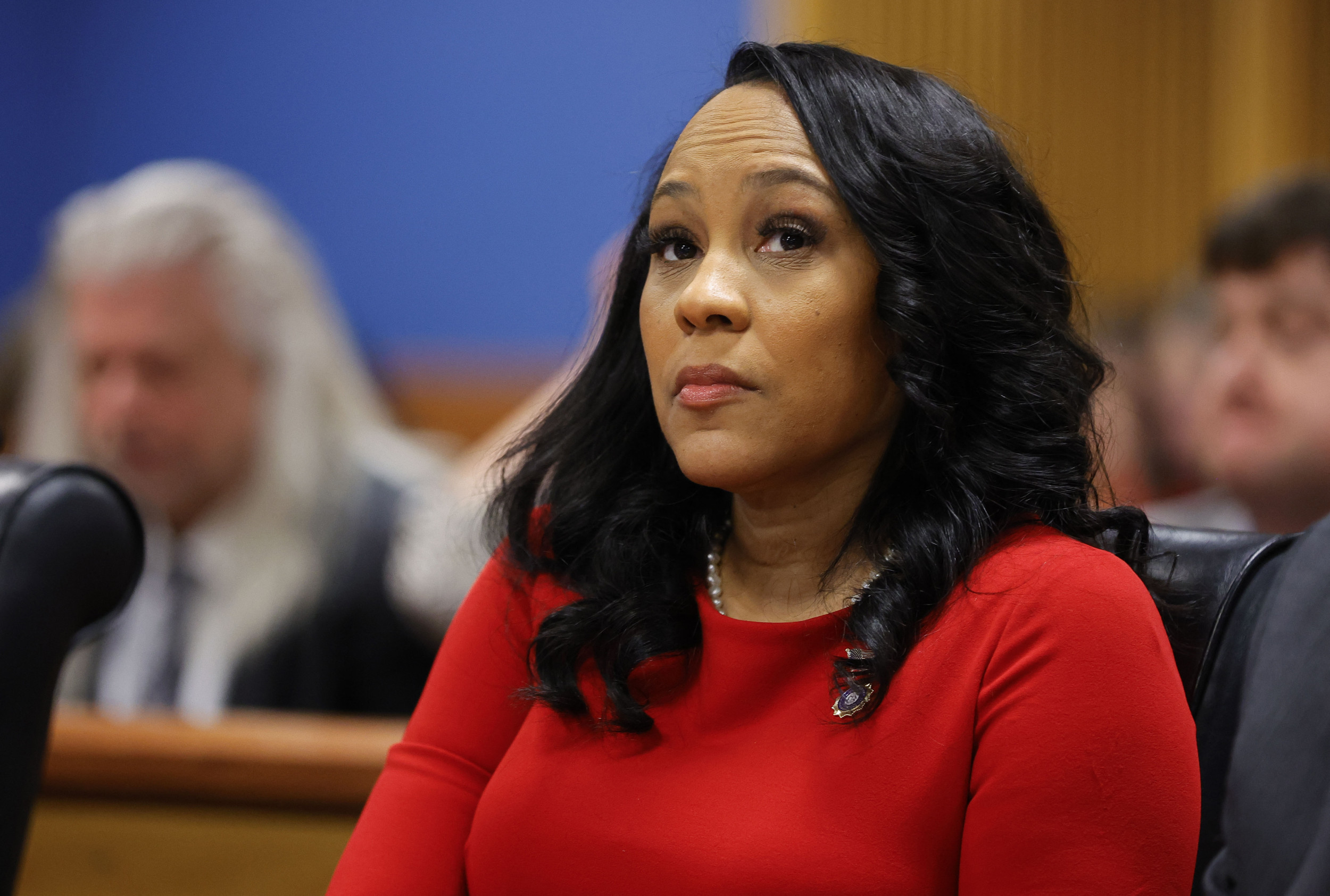My 5-year-old daughter is excited to see The Princess and the Frog, Disney's new movie being released nationwide next weekend. Here's how I'd rank her reasons for being excited:
* There's popcorn at theaters, in huge quantities;
* The movie's about a princess;
* The princess is African-American; and
* The movie is set in New Orleans, where my wife's family is from.
I know many parents won't overtly discuss No. 3 with their daughters, figuring the movie's focus on an African American heroine will convey its multicultural message implicitly. However, readers of our book and this blog know that our family will discuss it quite openly, as we've been talking explicitly about race with our daughter since she was 3. I've been trying to construe the movie as something to celebrate, but I admit it sometimes comes out jaded–America took 200 years to elect a black president, and it felt like it took Disney almost as long to create a black princess.
In fact, because our daughter is already well-versed in racial tolerance, I've been concerned about something else. I've looked at pictures of the new princess, Tiana. I can't tell how old she is–a tweener or teen–but she appears to be just as thin as Cinderella and Pocahontas, perhaps even more so: her arms are slender and sculpted. She's athletic, but unrealistically thin.
My daughter's been infatuated with Disney princesses since she was 3, and she's also now showing some early concerns with her body image. It's important to her to "look pretty," or "look cute." She's said things like, "Those sneakers make my feet look fat."
I'm bewildered to hear my sweet kindergartner say such things, and where she is getting this from, I'm not sure–but I have been wondering if it relates to my daughter's fascination with the princesses. If so, taking her to the new movie might just encourage her budding concerns with body image. And that I definitely don't want to do.
Do Disney princesses make young girls obsessed with thinness?
Well, there's a perfectly timed study on this, just released this week.
Even going into the experiment, Drs. Sharon Hayes and Stacey Tantleff-Dunn anticipated it might be complicated. The catch has been that media use and body image dissatisfaction are related for girls aged 7 and older–numerous studies have demonstrated this. However, with girls 6 and under, the correlation isn't really there. While many girls 6 and under express weight concerns and preference for thinness, it's not clear that media exposure is the cause.
In a nutshell, Hayes and Tantleff-Dunn brought 121 girls aged 3 to 6 into their lab and showed them video clips for 14 minutes. Half the girls watched princess clips; half watched nonprincess cartoons like Dora, Clifford, and Dragon Tales. Then each girl was given 15 minutes to enjoy herself in a play room, and the scholars recorded how many of those minutes were spent in appearance-related play, such as sitting at the vanity or changing clothes in front of the mirror. The children were also asked to pick the "Real Princess" from a photo collection of girls in ballerina costumes, ranging from thinnest to heaviest. Before and after the experiment, the girls were asked some questions about body-type preferences.
Before I discuss the results, it's worth noting some details of the experiment. First, Hayes and Tantleff-Dunn work right near the Disney epicenter–at the University of Central Florida in Orlando. They had expected the girls who watched princess videos would exhibit more body-image dissatisfaction. They also expected those girls would play more at the vanity and with the dresses.
Second, the concern isn't just that the heroines are princesses. It's that with characters like Sleeping Beauty and the Ugly Stepsisters, "good characters often are depicted as beautiful and thin, and attractiveness is associated with sociability, kindness, contentedness, and success. In contrast, evil is linked more readily to obesity, cruelty, and general unattractiveness." Most of Disney movies include scenes where beauty is overtly cherished as desirable. In Beauty and the Beast, Gaston comments that Belle is "the most beautiful girl in town, and that makes her the best." Cinderella becomes prince-worthy by donning a gown. And it was scenes like this–with a clear value placed on attractiveness–that were shown to the young girls.
Third, asking preschool and kindergarten-aged girls about body image is tricky. Older girls can point to silhouettes to guess what their own body shape is, or their preferred body shape. But young girls won't get it. So Hayes and Tantleff-Dunn took every girl's photograph on the way in to the lab. As each girl progressed through the experiment, her photo was quickly morphed onto computer-generated figures of differing body mass. So when the girl was later asked, "Which one looks most like you?," or "Which one would you like to look like?" she was seeing herself–same face, hair color, and skin color. The only variable that changed was body mass.
Their results showed that little girls, much like my daughter, are concerned with their body image: 31 percent said they always worry about being fat, and another 18 percent sometimes worried about it. One third of the girls desired a thinner ideal figure compared to their current size. And when asked to pick the "Real Princess," 50 percent of the girls chose the thinnest ballerina.
Crucially, however, these measures weren't affected by watching the princess videos. On every measure, there was no statistical difference between the girls who watched princess scenes and those who watched Dora and Clifford. Watching Anastasia and Cinderella and Belle didn't make them play longer at the vanity or try on more dresses afterward. It didn't make them more likely to pick the thinnest figure as the "Real Princess." It didn't exacerbate their desire to be thinner.
Hayes and Tantleff-Dunn speculate that girls 7 and older have learned to compare themselves against what they see in media. However, girls 6 and under haven't really started doing that yet; instead, they adopt the persona of the heroine and become enmeshed in the story–they are Aurora, Snow White, and (starting next weekend) Tiana. Nothing yet disqualifies them from being a princess.
So where's the body-image concern coming from? This experiment wasn't conclusive on that point, but it had clues. Many of the girls in the study were indeed heavy–as typical of America today, 22 percent were obese and another 12 percent overweight. So for some, their concern could certainly come from conversations with Mom and Dad about not getting fat. The girls said things like, "Being fat is bad," and "My mommy thinks she's fat."
Asked what they would change about their physical appearance, though, skinniness wasn't the big concern. Instead, these girls wanted to change their hair color, their clothes, and their skin color. According to these young girls in Orlando (40 percent of whom were nonwhite), it helps to be a princess if your hair is blond and skin is white.
Given that this study has alleviated my concerns about body image–at least a little–I can go back to celebrating Princess Tiana's race.
Uncommon Knowledge
Newsweek is committed to challenging conventional wisdom and finding connections in the search for common ground.
Newsweek is committed to challenging conventional wisdom and finding connections in the search for common ground.
About the writer
To read how Newsweek uses AI as a newsroom tool, Click here.






